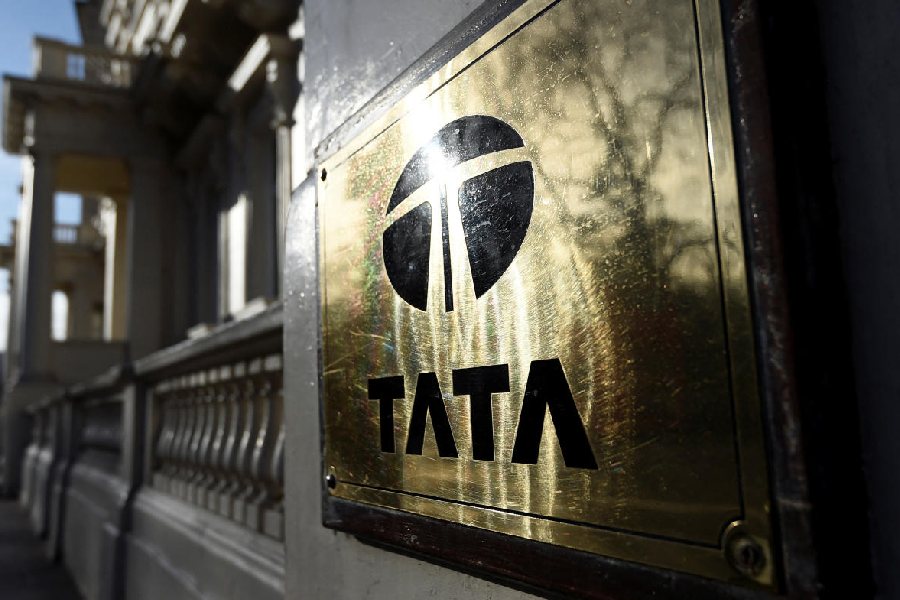For many of us belonging to the older generation, the first time that we saw the Tata name was on its ubiquitous trucks. In 1983, the brand wormed its way into our kitchens for the most basic and important ingredient: salt. That was then the group launched Tata Salt.
It was the first truly national, branded salt in India. It introduced the idea of iodised vacuum-evaporated salt which helps boost thyroid function. Housewives soon started to avoid unbranded or unpackaged salt. In a sense it also led to a situation where a customer used to just step into a kirana store and say: ‘Ek Tata namak dena’. That was how it acquired a generic status, rather like Xerox which is widely used to describe photocopying.
The salt brand was launched by none other than Ratan Tata. Two years before that, he was made the chairman of Tata Industries and transformed it into a strategic think-tank.
Tata Salt was only the beginning of his attempt to strengthen the Tata brand name both in India and overseas, which only accelerated after 1991 when he became the chairman of Tata Sons. In the same year, TELCO (now Tata Motors) launched Tata Sierra, the first indigenous passenger vehicle in India. This was followed by the Tata Estate, the multi-utility vehicle Tata Sumo, Tata Safari, the country’s first sports utility vehicle, and the Tata Indica in 1998, which was India’s first fully indigenous passenger car.
For the unversed, these may be construed as mere car or vehicle launches. But in the group’s broader scheme of things, it started to popularise the Tata brand across various segments and in ways that had not been attempted before. It marked the logical extension of the trend that began in 1954 when the group launched the first commercial vehicle – the TMB (Tata Mercedes Benz) 312 truck. It was also under Tata’s reign in 1994 that Tanishq was launched. It initially marketed watches and then jewellery.
While the Tata brand deepened its presence in India, Ratan Tata also took the group global by acquiring assets like Tetley, Eight O’ Clock, Daewoo Motors and Jaguar Land Rover among others. Again these were not only acquisitions, but also introduced the world to the Tata name.
Ratan Tata did not leave it there. He introduced the brand subscription scheme in 1996. It mandated that any group firm using the Tata name directly would contribute either 0.25 per cent of its annual revenue or 5 per cent of its pre-tax profit, whichever was lower. Similarly, a group company using the Tata name indirectly would be required to pay 0.15 per cent of its annual revenues. This led to an explosive growth in the income of Tata Sons from a mere ₹98.35 crore in 1991 to ₹4,476.67 crore in 2008.
According to the annual report of Tata Sons in 2023-24, it earned total revenues of ₹43,893 crore compared with ₹35,058.47 crore in the previous fiscal. Of this, the brand subscription income stood at ₹1,830.52 crore against ₹1,007.96 crore in 2022-23.
A report from Brand Finance said the Tata group has a brand value of $28.6 billion. Brand Finance India 100 (2024) said the group retained its title as India’s most valuable brand. The Taj hotel brand ranked as India’s strongest brand for the fourth consecutive year.










